Castle Wall Blue Holly
$54.50 Original price was: $54.50.$38.15Current price is: $38.15.
- Free Shipping over $25
- Fast & reliable delivery options
- Enjoy top quality items for less
- Multiple safe payment methods

The most important thing when growing holly trees is to choose varieties that are right for your growing zone and climate. The European holly grows well only in mild climates, and the American holly does best in warmer zones. For colder parts of the country it pays to ‘go for the blue’ and concentrate your holly collection around the blue hollies. These hybrid trees are available in a wide range, but if you want a dense, upright bush that was created especially to make hedges, the very best choice is the Castle Wall® Blue Holly. You will be making the ideal choice when you plant this gorgeous bush. It forms a dense, tightly-branched plant with a narrow form, and despite its name the leaves are a rich dark-green color. Not only is it indispensable for hedging, it makes a wonderful pyramidal specimen, and it is the ideal pollinator for other blue hollies. In particular, it is matched with Castle Spire® (`Hachfee`), a female blue holly that gives spectacular heavy crops of red berries.
Growing the Castle Wall® Blue Holly
Size and Appearance
The Castle Wall® Blue Holly is an upright evergreen bush or small tree, typically growing to about 6 feet tall, but capable of reaching as much as 15 feet tall in ideal conditions. It is usually about 3 feet wide, but older, larger plants will spread to double that, if untrimmed. It has a dense branching structure, staying full and solid right to the ground. It is a vigorous grower, adding 18 to 24 inches of new growth each year when young, so you won’t be waiting long for the wonderful, dense holly hedge you have been dreaming of.
The small leaves are about 1½ inches long and 1 inch wide, oval and slightly curving. They have a point on the tip and between 4 and 6 points along each side, but these are not especially sharp or hard, so this bush is almost non-prickly. No more bleeding fingers or snagged clothes just from brushing past it. The leaves are glossy and bright green when young, maturing to a rich dark-green that holds well all through winter.
Once established you will see clusters of small white flowers at the bases of the leaves in spring. These are the pollen-producing flowers that will make your other female blue hollies give you a bumper berry crop. For good pollination plant within 100 feet of the female plants.
Using the Castle Wall® Blue Holly in Your Garden
The Castle Wall Blue Holly is a wonderful bush to use as part of the evergreens in the foundation planting around your home. It can be clipped into neat pyramids easily, and it’s ideal as a pair on either side of a doorway, for example. Out in your garden beds it is dense and pyramidal naturally, needing little or no trimming to look great. Use it in a cluster on a large lawn. It makes a fabulous hedge that can be grown to as much as 8 feet tall. Space plants 2 feet apart for hedges 5 feet tall or less, and up to 3 feet apart for a taller hedge. Allow enough room for the base to be 2 to 3 feet wide. In zone 7 this plant can also be grown in outdoor planter boxes and tubs as a bold specimen on a terrace.
Hardiness
The Castle Wall Blue Holly is one of the most hardy varieties, growing in the cooler zones – zones 5, 6 and 7. In zone 5 plant it in a place sheltered from north winds, and use anti-desiccant sprays when plants are young.
Sun Exposure and Soil Conditions
Full sun will give the sturdiest growth, but the Castle Wall Blue Holly will also grow with a few hours of shade each day. In zone 7, especially in drier soil, it will benefit from some afternoon shade in the summer months. The ideal soil is deep, rich and well-drained, with regular moisture, but this tough plant will grow in most ordinary garden soils, as long as they are not always dry or always wet. Once established it has good drought resistance in ordinary summer dry periods, but a deep soak will always be appreciated.
Maintenance and Pruning
The Castle Wall Blue Holly is generally free of significant pests or diseases. Make sure you soak young plants just before the ground begins to freeze in late fall, to protect from winter injury. If you are going to trim, begin in late spring, once the new growth has darkened in color. Repeat as needed until late summer. In zone 5 avoid trimming later than mid-summer, as new growth is more susceptible to winter injury. When trimming, always keep the bottom of your specimen or hedge wider than the top, to keep the lower branches growing vigorously.
History and Origin of the Castle Wall® Blue Holly
The original blue holly bushes were created by a remarkable woman, Kathleen Kellogg Meserve. She lived last century, and was an enthusiastic amateur gardener with contacts around the world. She had a 10-acre garden in St James, Long Island. Growing holly bushes was her passion, and she collected many different ones from around the world. She found that a prostrate holly from Japan, Ilex rugosa, was very hardy, and was never damaged in winter, but it wasn’t very attractive. So she crossed it with the English holly, Ilex aquifolium, and created the blue hollies, Ilex x meserveae. There are many of these, and she was still patenting new varieties in her 90s.
Hans Hachmann has a nursery in Barmstedt, Germany, and he took one of Mrs. Meserve’s best male plants, called Blue Prince and crossed it with a female English holly, Ilex aquifolium Pyramidalis. Among the seedlings was one that was both vigorous and attractive, and in 1998 he named it ‘Heckenstar’ – ‘hecken’ means ‘hedge’ in German. It became very popular, and in 2003 he patented it in America. Its distribution was taken up by Spring Meadow Nursery of Grand Haven Michigan, who registered the name Castle Wall® for it in 2016.
Buying the Castle Wall® Blue Holly at the Tree Center
If you live in a cooler part of the country, and you want a holly hedge, then look no further than the Castle Wall® Blue Holly. This superb bush is fast-growing, dense and bushy – ideal for hedges and clipped specimens, or for an unclipped background plant. Pollinate your other blue hollies at the same time – a perfect situation. But order now, because this acclaimed variety always sells out fast.
Be the first to review “Castle Wall Blue Holly” Cancel reply
Related products
Evergreen Trees
Evergreen Trees
Evergreen Trees
Cypress Trees
Evergreen Trees
Cryptomeria Trees
Evergreen Trees
Cypress Trees

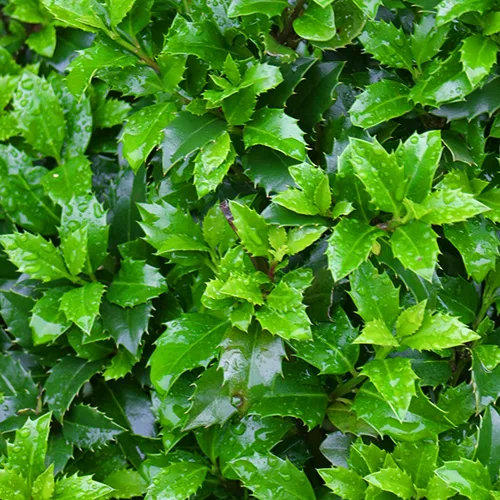


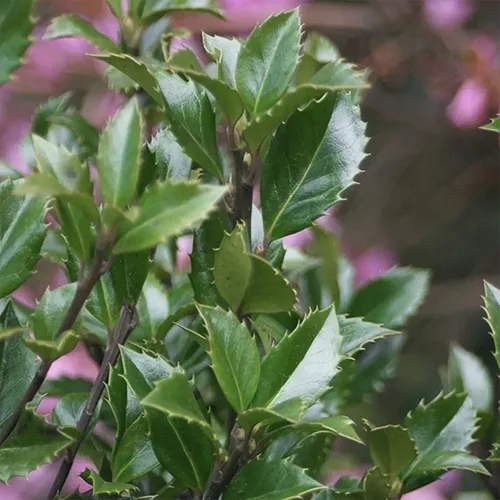
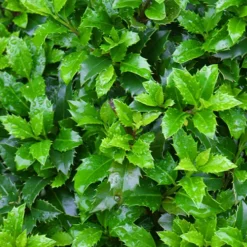


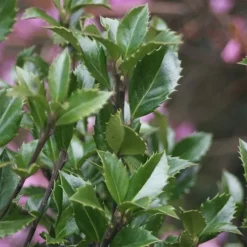

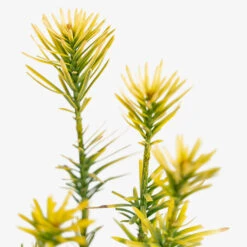







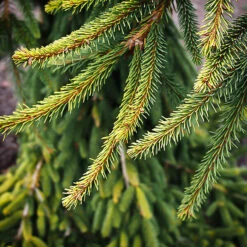
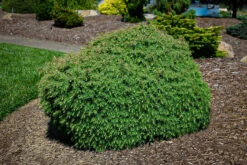

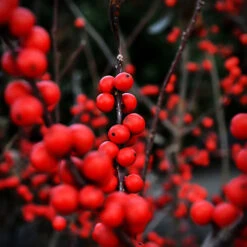



Reviews
There are no reviews yet.